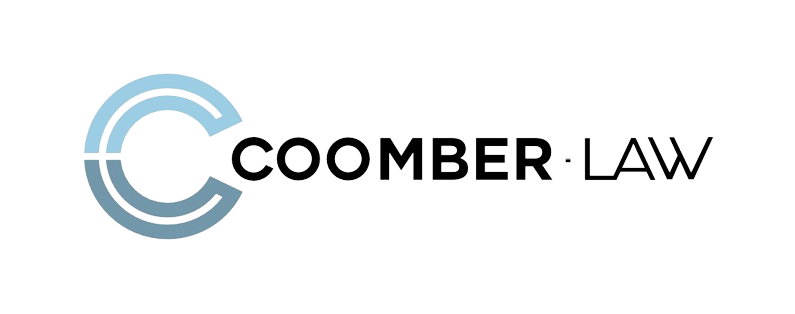
The COVID-19 pandemic has brought unprecedented challenges to businesses across the United States. In response, the federal government introduced various financial relief programs to support employers and their employees during this difficult time. Two of the most prominent programs are the Employee Retention Tax Credit (ERTC) and the Paycheck Protection Program (PPP) loans. As an employer, it's crucial to understand the intricacies of these programs and how they can be leveraged to maximize your business's financial relief.
Understanding the Basics: ERTC and PPP
The ERTC was created to encourage businesses to keep employees on payroll during the COVID-19 pandemic by offering a refundable tax credit. On the other hand, the PPP was designed to help businesses cover payroll costs through forgivable loans, provided they maintain their workforce and use the funds for eligible expenses.
Initially, employers had to choose between the ERTC and the PPP loan; they could not claim both. This restriction led many businesses to focus on the PPP, given its immediate cash flow benefits. However, legislative changes have since modified this limitation.
Changes in the Law: Can You Claim Both?
Thanks to the Consolidated Appropriations Act (CAA) of 2021, employers are now allowed to claim both the ERTC and PPP loans. However, there are specific conditions to keep in mind:
• No Double-Dipping: Employers cannot use the same wages to qualify for both the ERTC and PPP loan forgiveness. In other words, wages used for PPP loan forgiveness cannot also be used to calculate the ERTC.
• Retroactive Changes: Even if an employer received a PPP loan in 2020, they may still be eligible for the ERTC for wages that were not paid using forgiven PPP funds. This retroactive change allows employers to maximize their benefits under both programs.
• Claiming ERTC After PPP: If your PPP loan was fully forgiven, you can still claim the ERTC on qualifying wages that weren’t covered by the PPP loan forgiveness. This includes wages paid after the covered period for PPP loan forgiveness or for employees whose wages exceeded the PPP maximums.
Strategies for Maximizing Benefits
To ensure you’re maximizing your financial relief, maintain thorough documentation to clearly separate wages that were used for PPP loan forgiveness from those eligible for the ERTC. Additionally, ensure that you meet the requirements for full PPP forgiveness by allocating a portion of wages, but leave room to use other payroll costs to claim the ERTC.
Hiring professional legal advisors, such as Coomber Law, APC, offers numerous benefits for businesses and individuals alike. Experienced legal advisors provide expert guidance on complex legal matters, helping you navigate ever-changing regulations and avoid costly mistakes. With their in-depth knowledge of the law, they ensure that your rights are protected and that you are in full compliance with local, state, and federal laws.
Legal professionals can also help mitigate risks, streamline contracts, handle disputes, and provide strategic advice to support the growth and stability of your business. By partnering with Coomber Law, APC, you gain peace of mind, knowing that your legal needs are handled by dedicated professionals committed to your success.
Get Stared with Coomber Law, APC, Today
Employers can now benefit from both the ERTC and PPP loans, but careful planning is required to avoid double-dipping. With the right strategy, businesses can leverage these programs to their advantage, easing the financial strain of the pandemic.
At Coomber Law, APC, we can provide you with the guidance and support you need to navigate the ERTC and PPP loans. Contact our office in Carlsbad, California, by calling (760) 205-3810 to book an appointment today.




